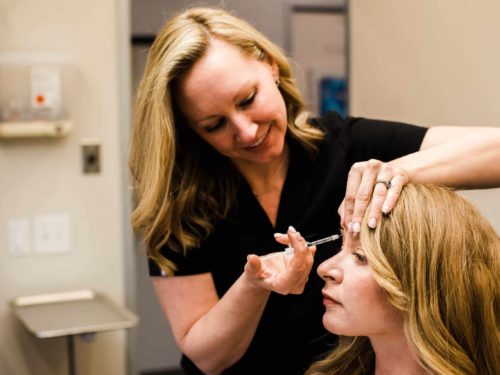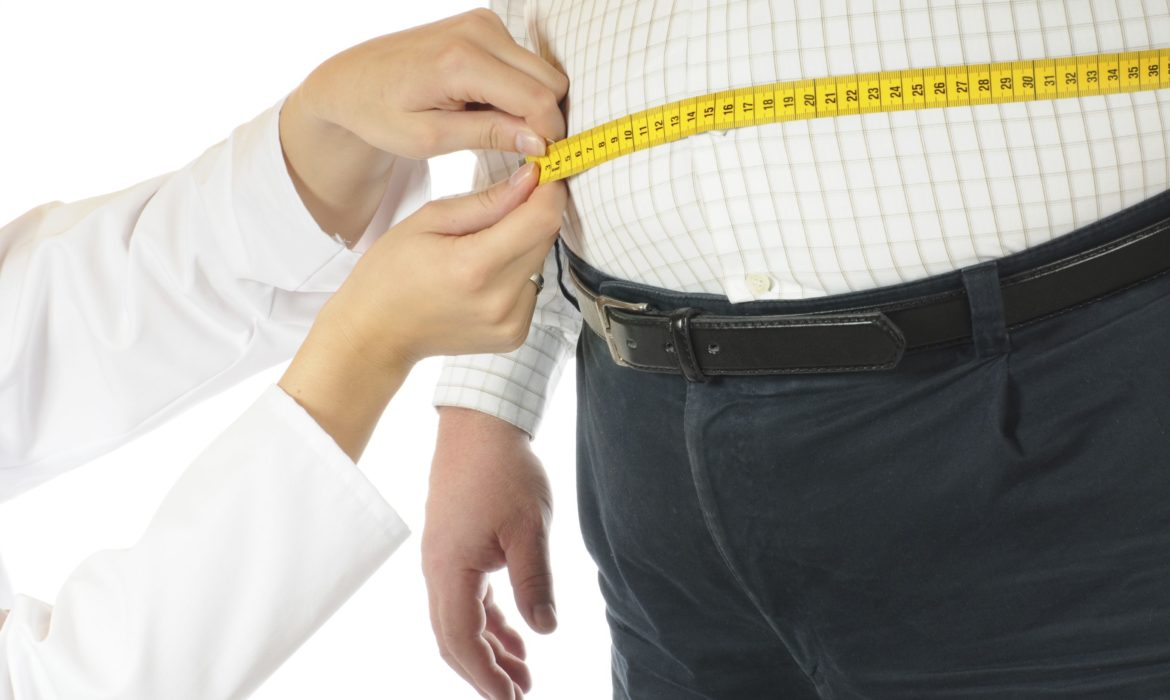Portion Sizes: How Much Is Enough?
How do I know when I have enough food on my plate?
Where It Began
For the last 50 years, the size of meals and snacks produced around the world has been increasing in size. Consumers have lost touch with the amount of food their body needs, allowing them to overeat too often. Our large plates and silverware trick us into eating more of what is on the plate and the size of meals served in restaurants tempts up to eat more than we need. Many of us were taught to always “finish your plate” creating a mindset that we need to clean our plate at every meal. While wasting food isn’t great, at most restaurants, cleaning your plate means eating way too much food!
Self-Regulation of Hunger?
It has been shown that children three years and younger are still able to self- regulate their hunger. As you may have seen with your own toddler, they only eat as much as they feel hungry for. A young child will eat the same amount of food regardless of the portion they are served. However, as we get older, we base how much food we consume less on simply hunger alone. Cues like time of day (it must be time to eat), the portion size served, the environment is is served in (peer pressure eating?), the type of food served, and even the lighting in the area where we eat, all influence how much food we consume. Have you ever noticed yourself eating when you were not hungry simply because the food was available?
Why More?
It has become human nature to always want more and never less. There is no universal understanding of how much of each food should be consumed. Even the suggested serving sizes on packaged foods are rarely what is consumed. (Be sure to always look at the serving size on prepackaged foods. Sometimes you could be eating 2-3 portions at a time.) Fast food is marketed as bigger is always better and that “value” is the most important. For this reason, everyday foods are being packaged in larger and larger portions. For example, a pre-packaged blueberry muffin 20 years ago was around 200 calories; today they are 500 calories for an extra-large muffin.
What’s the Solution?
The simplest way to keep ourselves from eating too much at meals and snacks is to use smaller plates, silverware, and glasses to create an illusion of eating more while the portion on the plate in smaller. Research has shown that larger plates causes consumers to think there is less food and therefore end up consuming more. It has also been shown that alcohol served in larger glasses makes consumers drink more and also drink faster because they felt there was less there.
A few more tips:
- Always check the serving size on pre-packaged food before digging in – and consider sharing or saving a snack that is more than one serving.
- Try dividing your plate in half at a restaurant, and asking for a to-go box right away to put in the food you don’t want to consume at this meal.
- When eating at home, buy smaller plates, or eat dinner off your salad plates. You have to serve a smaller portion – and oftentimes will find that smaller portion is all you need.
- When eating out, when the waiter brings chips or bread, simply turn them away – don’t waste calories on filler foods.
Schedule a consultation with Sonata Aesthetics today. Serving Broomfield, Denver, Westminster, Boulder, Arvada, and surrounding areas.
Liz Janowski
Related Posts

A Family Business
We always say we are a family business - but here is what this means... three families now work at Sonata and what...

Your Big Day
There is so much that goes in to planning for your big day - and not just for you, as the bride. Your mother, your...

Q&A with Amy
A conversation with Amy, our nurse injector and medical skin care provider What sparked your interest in...

